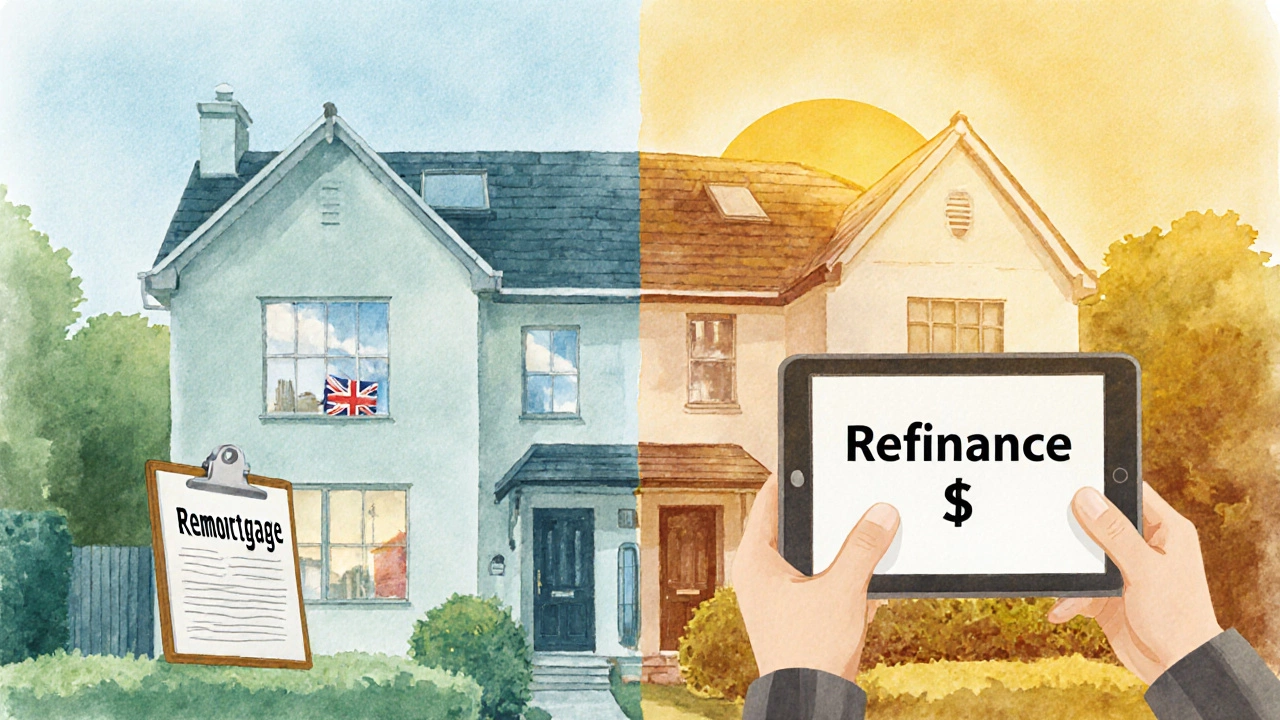Refinance: How to Lower Payments, Save Money, and Reset Your Loan Terms
When you refinance, the process of replacing an existing loan with a new one, usually to get better terms. Also known as loan restructuring, it’s not just about getting a lower rate—it’s about reshaping your financial plan to fit your life right now. Many people think refinancing is only for homeowners, but it applies to car loans, student debt, and even personal loans. If your credit has improved, interest rates dropped, or your financial goals changed, refinancing could be your best move.
But here’s the catch: home equity loan, a loan that lets you borrow against the value of your home is often confused with mortgage refinance, replacing your current mortgage with a new one to get better terms. They’re related, but not the same. A cash-out refinance pulls money out of your home’s equity, while a rate-and-term refinance just swaps your loan for one with a lower rate or shorter term. The first can feel like free cash—but it’s debt you’re rolling into your mortgage. The second? It’s pure savings.
What really matters? Your interest rates, the cost of borrowing money, expressed as a percentage. A drop of just 0.5% on a $300,000 mortgage can save you over $100 a month. But don’t just chase the lowest rate. Look at closing costs. If you’re planning to move in two years, paying $5,000 in fees to save $100 a month doesn’t add up. And if your credit score slipped since you got your original loan, you might not qualify for the rate you hoped for.
Refinancing isn’t just about numbers—it’s about timing. If you’ve paid off a big chunk of debt, or if your income went up, now might be the perfect moment to reset your loan. But if you’re already near the end of your term, refinancing could reset the clock and cost you more in the long run. That’s why some people refinance to switch from a 30-year to a 15-year loan—paying more each month but saving tens of thousands in interest. Others use it to consolidate high-interest credit card debt into a lower-rate mortgage. It works—if you don’t run up the cards again.
And don’t forget: refinancing isn’t always about saving money. Sometimes it’s about peace of mind. Switching from an adjustable-rate mortgage to a fixed one means no more surprises. Or maybe you’re tired of juggling three loans and want to combine them into one payment. That’s refinancing too.
Below, you’ll find real-world guides on how to calculate your savings, when to walk away from a refinance offer, how home equity loans can backfire, and what lenders actually look for when you apply. These aren’t theory pieces—they’re practical breakdowns from people who’ve done it, got the paperwork, and learned the hard way. Whether you’re thinking about refinancing your home, car, or student loan, you’ll find the details that matter.

Learn the key differences between a remortgage and a refinance, when each makes sense, costs, steps, and common pitfalls to help you choose the right option.
Read More